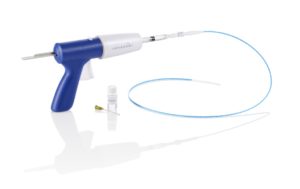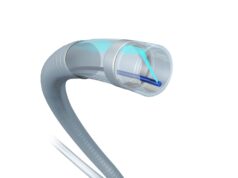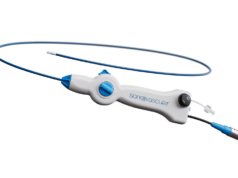
Morwan Bahi (Wellington Regional Hospital, Wellington, New Zealand) presented five-year results of a retrospective, observational, single-centre study detailing outcomes for all patients with symptomatic lower limb chronic venous insufficiency treated with saphenous vein closure with VenaSeal (Medtronic) cyanoacrylate ablation at Vascular Interventional Advances (VIVA) 2021 (5–7 October, Las Vegas, USA).
A press release from the VIVA Foundation states that the researchers detailed outcomes for all patients with symptomatic lower limb chronic venous insufficiency treated with saphenous vein closure with VenaSeal between 1 January 2016 and 31 December 2020. All patients were postoperatively reviewed at six weeks, and outcomes were recorded.
Bahi and colleagues identified 235 patients matching their study criteria. The average age was 60.5 years, with slight male predominance (55.8%). The majority of patients were New Zealand European (63.8%), followed by Maori and Pacific (31.0%).
The most common indication was venous ulceration (57.9%). Other indications included superficial thrombophlebitis, recurrent cellulitis, varicose vein bleeding, and deep vein thrombosis (DVT). Fifty percent underwent bilateral treatment. Only one saphenous vein (greater saphenous vein or small saphenous vein) required treatment in 88% of patients. The most common postprocedure symptom was phlebitis in 49 (21%) patients, which is an expected part of recovery.
Excluding phlebitis, only 33 complications were noted, all relatively minor. The investigators reported 15 cases of residual varicose veins, nine saphenous nerve neuropraxia cases, six cases of wound cellulitis, and three DVTs.









